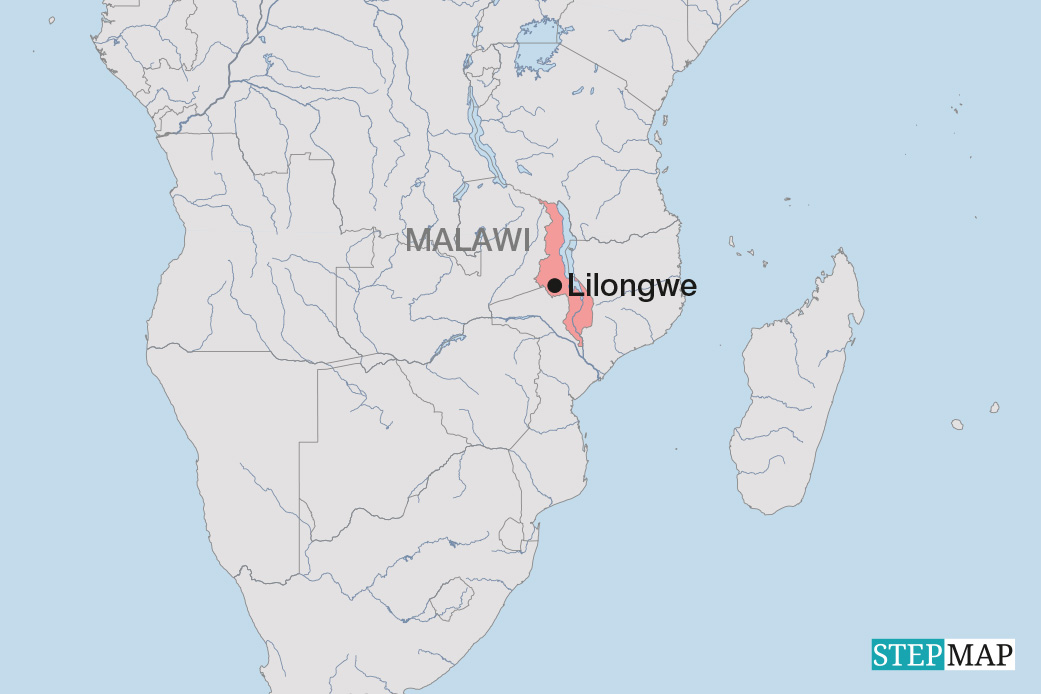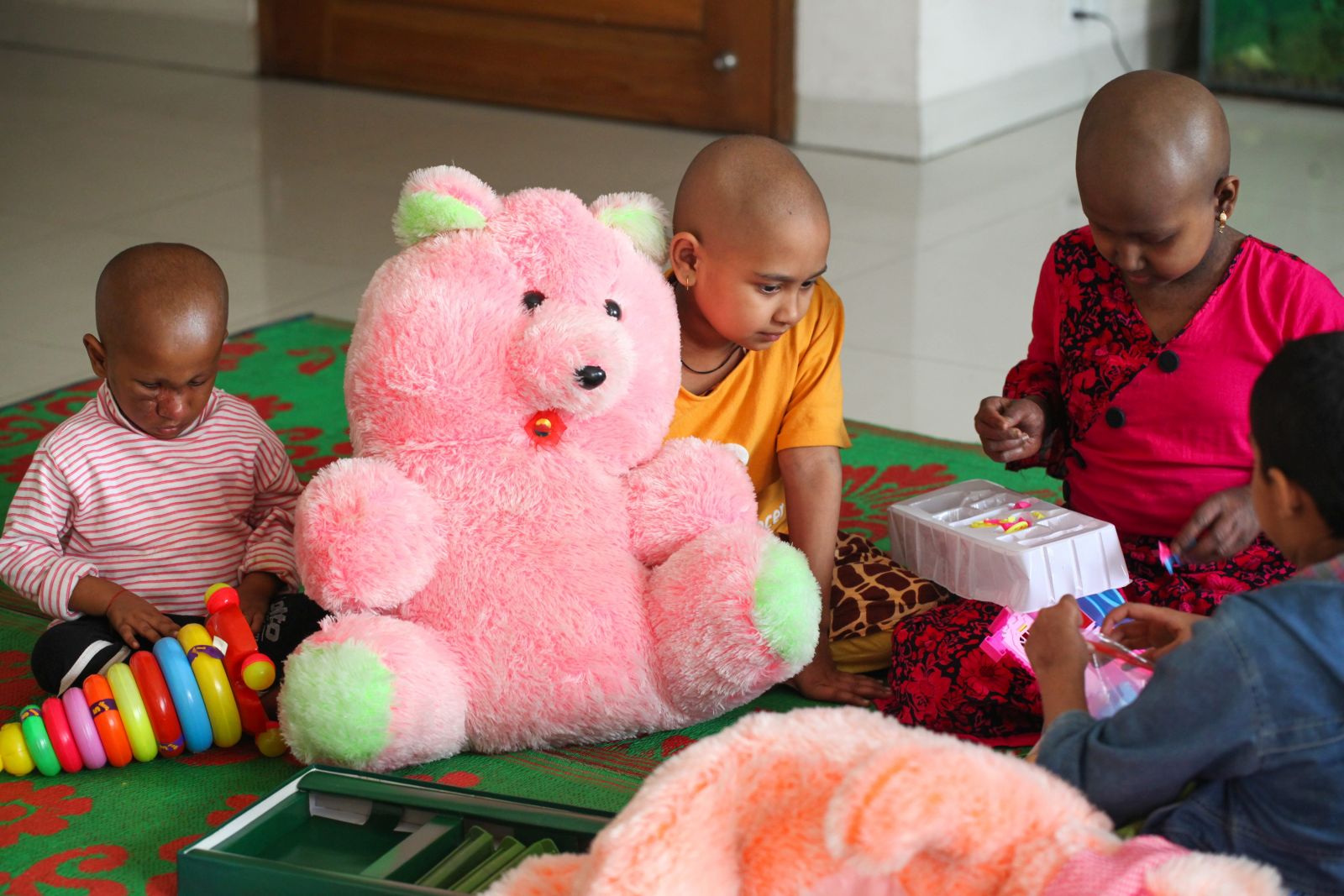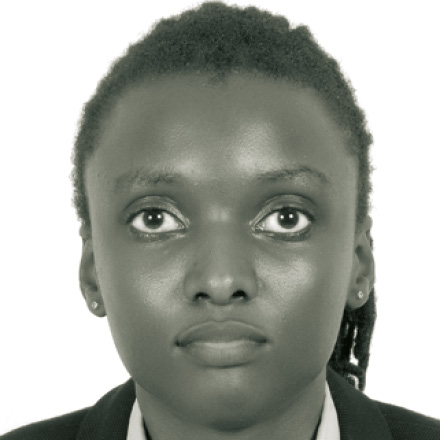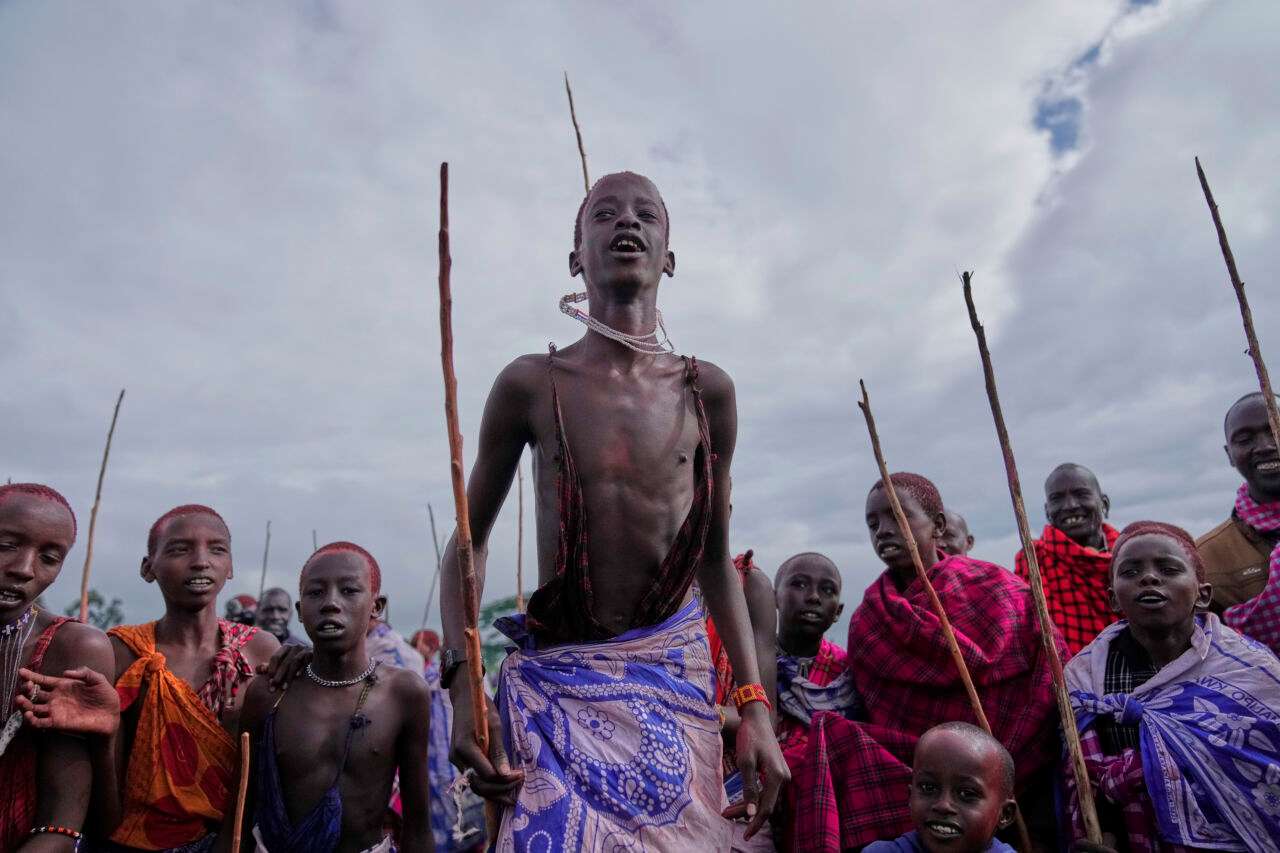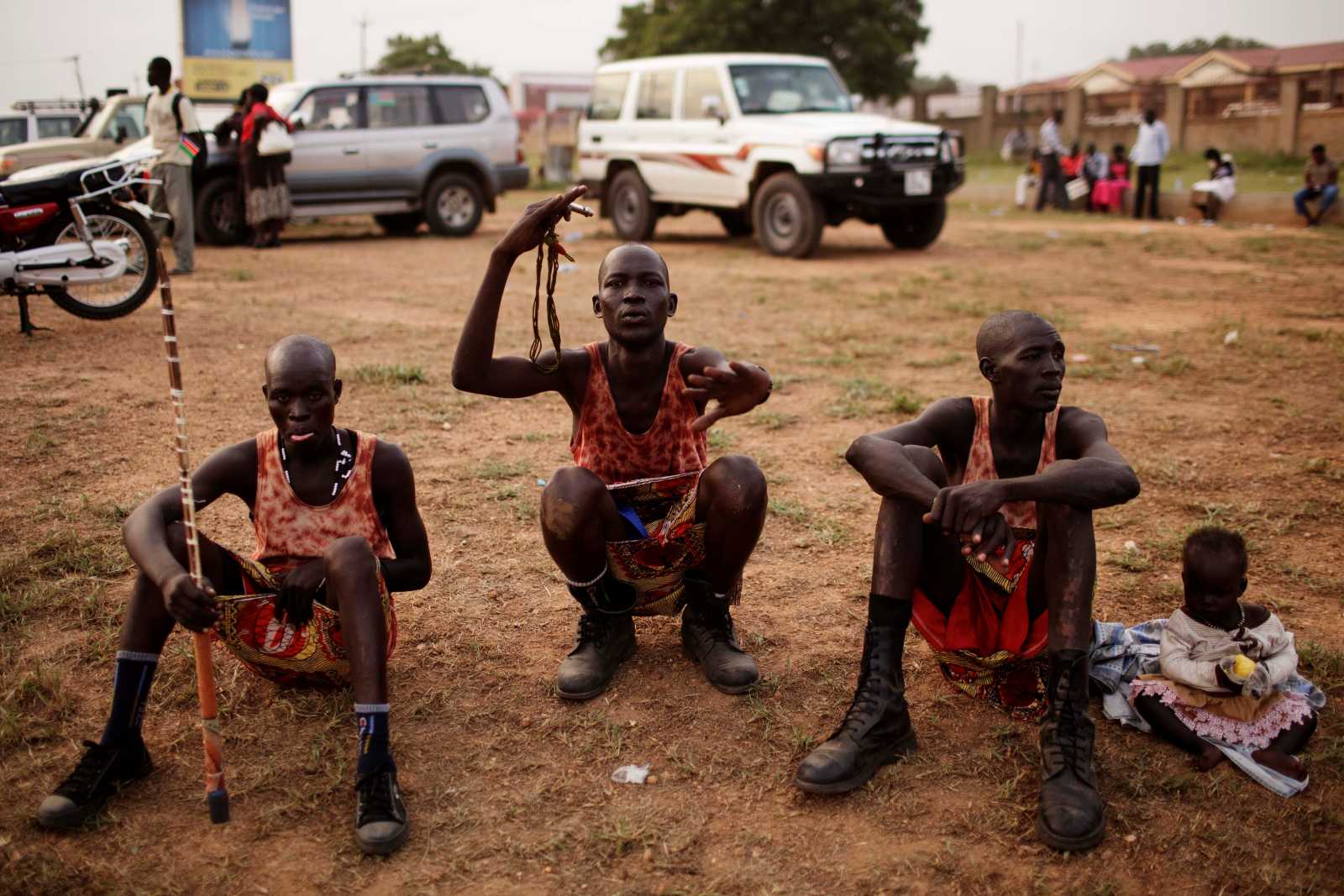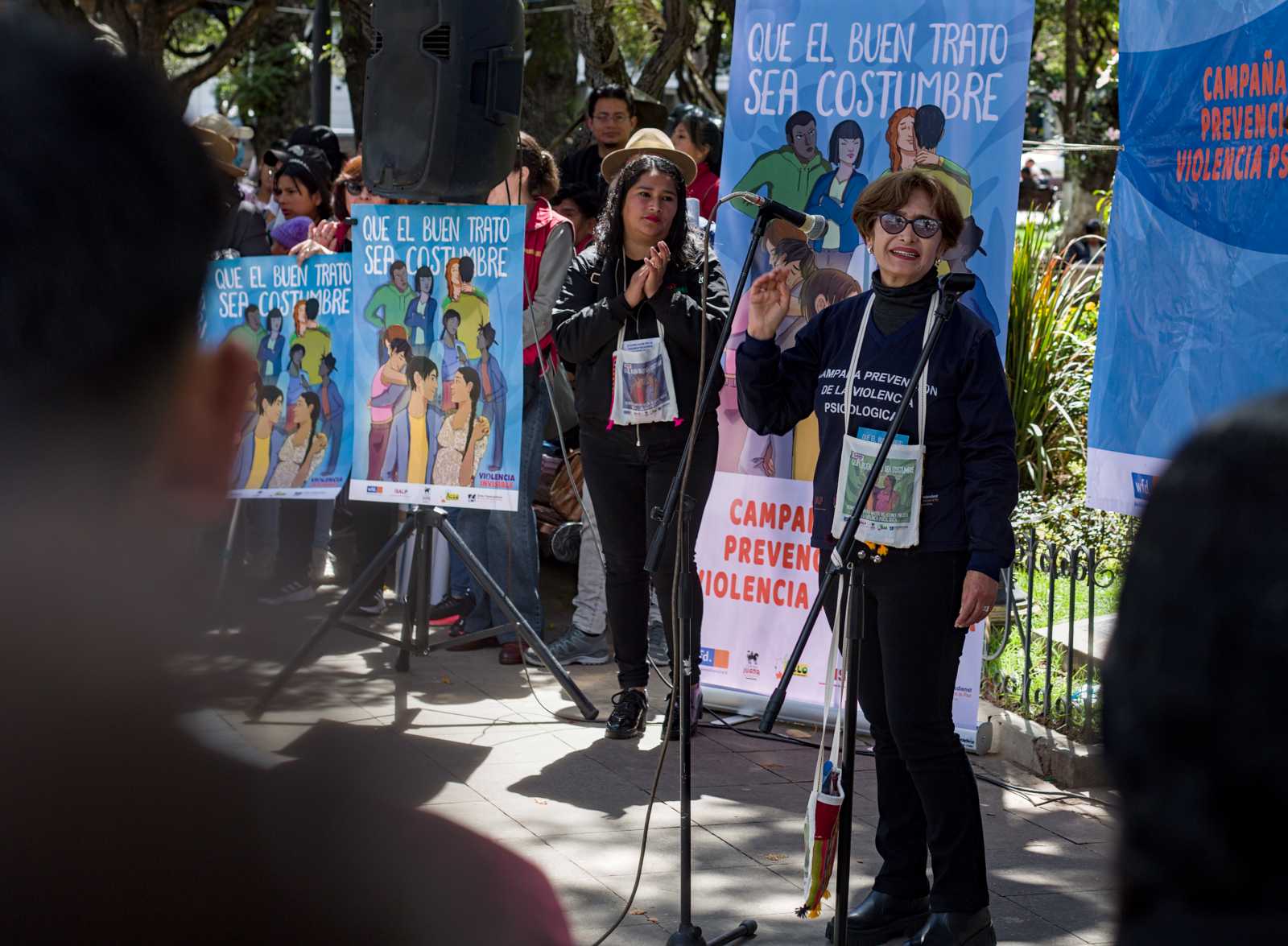Health
A preventable disease
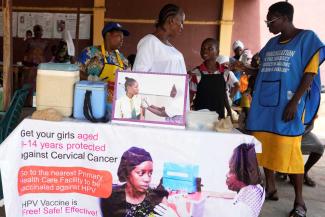
Lena is a 44-year-old fishmonger from Kenya. She was diagnosed with cervical cancer last year, after months of pain and bleeding. Before the diagnosis, she had never heard of this type of cancer. Lena’s daughters, aged 18, 22 and 24 years, didn’t know about it either. It was only when their mother started treatment that they learned that there are ways to detect and prevent the disease very early on.
Cervical cancer is caused by a persistent infection with the human papillomavirus (HPV). There are several subtypes of this virus, but most cases of cervical cancer are caused by subtypes 16 and 18. These are known as high-risk subtypes.
The infection is acquired through unprotected sex, and it is the persistent infection with the high-risk subtypes that leads to cervical cancer. Such infection can occur as early as the teenage years. Therefore, cervical cancer prevention measures must start early, ideally before the first sexual intercourse.
HPV testing
The early changes caused by HPV on the cervix are not a cause of cancer. They can be removed with minimal treatment. However, if left untreated, they can lead to cancer over time. The long time between the appearance of changes and the development of cancer offers the opportunity to carry out screening tests to recognise and treat abnormalities.
There are two approaches. The oldest is the Pap smear. The Pap smear is based on the detection of abnormal cells on the cervix by examination under a microscope. The newer approach, recommended by the WHO, is to use DNA-based HPV tests for screening.
Normally, the body’s own immune system is able to clear an HPV infection without cancer developing. Except in cases where the immune system is weakened, as in the case of an HIV infection, the mere detection of an HPV infection on the cervix does not mean that there is a risk of cancer. Rather, it is the continued infection with the high-risk subtypes that should give cause for concern.
In most high-income countries, cervical cancer screening has been integrated into primary healthcare and health insurance.
In Germany, the screening programme combines Pap smears and DNA-based HPV tests. Women between the ages of 20 and 34 receive an annual Pap smear and women aged 35 and above receive a Pap smear and HPV test every three years. In the UK, every woman who is registered with a general practitioner is automatically invited by post. Invitations are sent every three years to people aged 25 to 49 and every five years to people aged 50 to 64.
Lena’s daughters have not yet been tested because the Kenyan health insurance does not pay for screenings – and it also does not cover two of the three chemotherapies that Lena needs because she has not paid enough into the system.
HPV vaccination
HPV vaccination, the other important measure to eliminate cervical cancer, is free of charge in Kenya – but Lena and her family had never heard of it. The vaccination prevents new infections. It does not treat existing ones. It works best if it is administered before exposure to HPV has occurred. Different countries have different age limits for when girls (and in some countries boys) are eligible for the HPV vaccine. This is determined by studies on when girls typically start having sex.
According to the WHO, the HPV vaccination coverage by age 15 for females in Europe and the Americas was 30 % and 67 % respectively in 2023. These vaccination coverage rates still leave plenty of room for improvement. However, they are significantly higher than the rates in Africa and Southeast Asia, where the averages are 15 % and one percent respectively. Again, a lack of information about the vaccination and the disease is a major problem.
The “Global strategy to accelerate the elimination of cervical cancer as a public health problem” is led by the WHO and is based on the realisation of the 90-70-90 plan by all countries by 2030. This plan calls for 90 % of all girls to be fully vaccinated with the HPV vaccine by the age of 15, 70 % of women to be screened with a high-level test by the age of 35 and again by the age of 45, and 90 % of women with cervical pre-cancer or invasive cancer to receive effective treatment.
Realising the 90-70-90 plan, together with other strategies, will prevent more than 74 million cases of cervical cancer and over 62 million deaths over the next 100 years. Unfortunately, with the current level of screening and immunisation, Africa and Southeast Asia will not be able to eliminate cervical cancer by 2100. The rest of the world will also need to do more if the global plan is to stay on track. Greater global solidarity is needed, in addition to comprehensive education and information campaigns about this disease.
Africa’s hurdles
Only 17 African countries have introduced HPV-based screening for cervical cancer, although not nationally. In these countries, the screening coverage rate is just 11 %. Similarly, only 28 countries in Africa have included HPV vaccines in their routine vaccination programmes, with only four of them reaching 90 % coverage by 2023. In the words of the WHO Regional Director for Africa, Matshidiso Moeti, “the burden of cervical cancer in Africa is a stark illustration of the impacts of global inequities, which exacerbate barriers including scarce resources, lack of prioritisation by funders and ultimately, limited capacity to manage the threat.” African health ministers and partners meeting in Brazzaville, Republic of Congo, last August emphasised the urgent need for equitable access to affordable HPV vaccines and HPV DNA testing to accelerate progress towards elimination. There is also a lack of suitable distribution mechanisms in the countries.
Moreover, it is important to bear in mind that the current routine immunisation system was set up to deliver vaccines to very young children who can be reached relatively easily through clinics that implement the global Expanded Program of Immunization (EPI). These programmes have not been particularly successful in delivering vaccines to children older than one or two years. The recent challenges with malaria vaccine introduction highlight the challenges the EPI system faces in delivering vaccines to older children and adults. More opportunistic routes need to be explored, such as through general practitioners and maternal health services. A new and distinct EPI is needed to focus attention on how to effectively deliver HPV and other vaccines to older children and adults.
The pooled procurement approach used by UNICEF on behalf of GAVI, the Vaccine Alliance, is an approach to address the affordability challenge for low-income countries. This strategy has significantly reduced vaccine prices, enabling over 16 million girls to be covered with HPV vaccines by the end of 2022.
However, the approach lacks a sustainable financing mechanism and remains fragile. Ultimately, African countries need to develop the capacity to produce their own HPV – and other – vaccines. Currently, only about one percent of Africa’s vaccine needs are met by production on the continent. This leaves Africa precariously dependent on global supply chains and their uncertainties.
We know enough about cervical cancer to be able to eradicate it. We have the technology, and we can manufacture the tools. With some adjustments to our delivery mechanism, we should be able to reach women and girls everywhere with the life-saving services needed to prevent and ultimately eliminate the disease as a public health problem.
Frank Ekow Baiden is an associate professor of public health and the dean of the Fred N. Binka School of Public Health, at the University of Health and Allied Sciences, Ghana.
fbaiden@uhas.edu.gh

